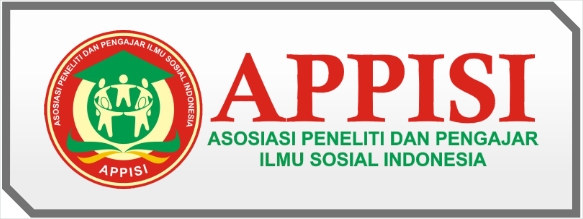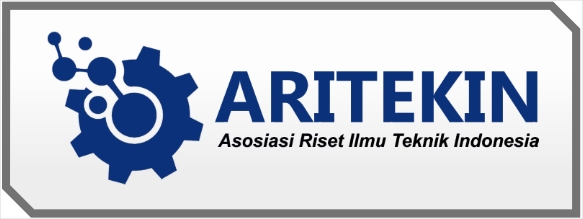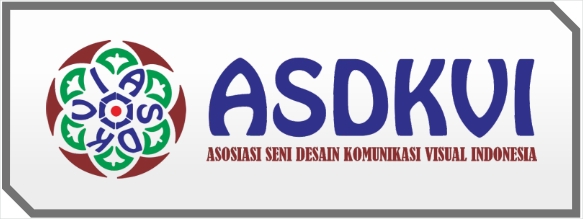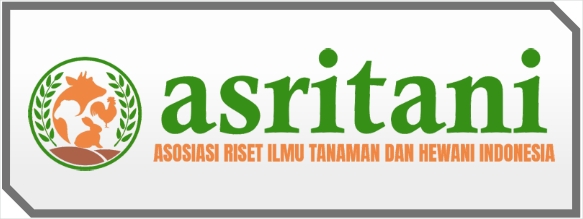Pengembangan Model Bisnis Berkelanjutan Untuk UMKM Kerupuk Udang Dan Payus Di Era Digital
DOI:
https://doi.org/10.59581/jphm-widyakarya.v1i3.1000Keywords:
Msmes, Business Model Development, Digital MarketingAbstract
This research discusses the development of sustainable business models for MSMEs, Shrimp Crackers & Payus Mak Sah in the digital era. Qualitative methods are used with in-depth interviews and content analysis. The findings show that digital marketing strategies through Instagram (IG) and product catalogs have a positive impact on the development of this MSME business. Internal factors, such as knowledge and skills in digital marketing, as well as environmental support, play an important role in the development of this business. In addition, this research reveals the positive social influence of developing this sustainable business model in increasing the income and welfare of business owners, as well as expanding public awareness of local products. This research provides valuable insights for similar MSMEs in developing sustainable business models in the digital era.)
References
Ahmad, S., and K. Lee. “Building Online Reputation and Trust for SMEs: A Case Study of Effective Practices.” International Journal of E-Business Management 11, no. 1 (2023): 32–48.
Ahmad, Z., and N. Indrianti. “Strategi Pemasaran Digital Dalam Meningkatkan Daya Saing Usaha Mikro, Kecil, Dan Menengah (UMKM) Di Era Digital.” Jurnal Manajemen Pemasaran 20, no. 1 (2023): 45–58.
Asmarani, L., and R. Widyarini. “The Role of Digital Technology in The Sustainable Development of Micro, Small, and Medium Enterprises.” Journal of Business and Retail Management Research 14, no. 1 (2020): 154–60.
Barney, J. B. “Firm Resources and Sustained Competitive Advantage.” Journal of Management 17, no. 1 (1991): 99–120.
Chaffey, D., and P. R. Smith. Digital Marketing Excellence: Planning, Optimizing and Integrating Online Marketing (5th Ed.). Routledge, 2017.
Dewi, K. A., and I. Triyani. “Strategi Pemasaran Media Sosial Dalam Meningkatkan Penjualan UMKM.” Jurnal Pemasaran Dan Pemasaran Komunikasi 11, no. 1 (2021): 35--46.
Febriandirza, Arafat, Faldy Irwiensyah, Firman Noor Hasan, and Prastika Indriyanti. “Pelatihan Pemanfaatan Digital Marketing Dan Manajemen Kewirausahaan Bagi Pelaku UMKM Dengan Menggunakan Aplikasi Google My Business.” Jurnal Solma 10, no. 1 (2021): 224–31. https://journal.uhamka.ac.id/index.php/solma/article/download/6514/2274.
Febriyantoro, Mohamad Trio, and Debby Arisandi. “Pemanfaatan Digital Marketing Bagi Usaha Mikro, Kecil Dan Menengah Pada Era Masyarakat Ekonomi Asean.” Jurnal Manajemen Dewantara 1, no. 2 (2018): 62–76.
Hadiyati, Ernani. “Kreativitas Dan Inovasi Berpengaruh Terhadap Kewirausahaan Usaha Kecil.” Jurnal Manajemen Dan Kewirausahaan 13, no. 1 (2011): 8–16. https://doi.org/10.9744/jmk.13.1.8-16.
Halkias, D., F. Kokkinaki, and P. Xanthiakos. “Eco-Friendly Packaging and Consumer Behavior: The Role of Visual Attention on Shelf Impact.” Journal of Retailing and Consumer Services 34 (2017): 114–22.
Haryanti, Sri, Bambang Mursito, and Sudarwati. “Analisis Strategi Pemasaran Digital Untuk Meningkatkan Penjualan Produk Batik Pada PT. Danar Hadi Surakarta,” 2018, 144–51.
Johnson, E. “Digital Marketing Strategies for Small Businesses: A Case Study of Successful SMEs.” Journal of Business and Technology 8, no. 3 (2022): 45–60.
Kapferer, J. N. The New Strategic Brand Management: Advanced Insights and Strategic Thinking. Kogan Page, 2012.
Kotler, P., and K. L. Keller. Marketing Management (14th Ed.). Pearson Education, 2012.
Mangold, W. G., and D. J. Faulds. “Social Media: The New Hybrid Element of the Promotion Mix.” Business Horizons 52, no. 4 (2009): 357–65.
Moleong, L. J. Metodologi Penelitian Kualitatif. Bandung: PT Remaja Rosdakarya, 2018.
Pardamean, B., and D. Pratiwi. “Manfaat Pelatihan Branding Dalam Meningkatkan Daya Saing UMKM Pada Era Revolusi Industri 4.0.” Jurnal Ekonomi Dan Bisnis 5, no. 2 (2022): 78–90.
Payne, A., and P. Frow. “A Strategic Framework for Customer Relationship Management.” Journal of Marketing 69, no. 4 (2005): 167–76.
Porter, M. E., and M. R. Kramer. “Creating Shared Value.” Harvard Business Review 89, no. 1 (2011): 62–77.
Rachmawati, I. M., D. I. Wijayanti, and D. Cahyono. “The Impact of Social Media on The Business Development of Small and Medium Enterprises (SMEs).” Journal of Social Studies Education Research 12, no. 1 (2021): 30–41.
Ramadhan, A. “The Impact of Digital Transformation on SMEs: Opportunities and Challenges.” International Journal of Small Business and Entrepreneurship 5, no. 2 (2021): 78–92.
Rengganawati, Hana, and Yuyun Taufik. “Analisis Pelaksanaan Digital Marketing Pada UMKM Tahu Rohmat Di Kuningan.” Jurnal Komunikasi Universal 6, no. 1 (2020): 28–50. https://doi.org/10.38204/komversal.v6i1.496.
Ridwan, Iwan Muhammad, Abdurrahman Fauzi, Isah Aisyah, Susilawati, and Iwan Sofyan. “Penerapan Digital Marketing Sebagai Peningkatan Pemasaran Pada UKM Warung Angkringan ‘WAGE’ Bandung.” Jurnal Pengabdian Kepada Masyarakat 2, no. 1 (2019): 137–42. http://ejournal.bsi.ac.id/ejurnal/index.php/abdimas.
Rogers, E. M. Diffusion of Innovations (5th Ed.). Free Press, 2003.
Schaltegger, S., and M. Wagner. “Sustainable Entrepreneurship and Sustainability Innovation: Categories and Interactions.” Business Strategy and the Environment 20, no. 4 (2011): 222–37.
Septiningrum, Liana Dwi, Khotimatus Sadiyah, Julian Muhammad Hasan, Dewi Rani Gustiasari, and Ita Darsita. “PENGENALAN DIGITAL MARKETING DALAM UPAYA MENINGKATKAN PENGHASILAN IBU RUMAH TANGGA ( IRT ) MAJLIS TAKLIM Al AULADIYAH.” Dedikasi PKM UNPAM 1, no. 3 (2020): 1–8. https://jurnal.unej.ac.id/index.php/JPE/article/download/13854/7221/.
Simatupang, R. B., and F. S. Harahap. “Strengthening Local Economies through SME Development: A Case Study of North Sumatra, Indonesia.” Asian Journal of Economic Development 7, no. 1 (2019): 20–35.
Smith, J. “Cybersecurity Challenges for Small and Medium-Sized Enterprises. Journal of Cybersecurity and Privacy” 15, no. 4 (2019): 201–15.
Sugiyono. Metode Penelitian Kuantitatif, Kualitatif, Dan R&D. Bandung: Alfabeta, 2019.
Suyanto, S., and T. A. Kurniawan. “Faktor Yang Mempengaruhi Tingkat Kepercayaan Penggunaan FinTech Pada UMKM Dengan Menggunakan Technology Acceptance Model (TAM).” Akmenika: Jurnal Akuntansi Dan Manajemen 16, no. 1 (2019). https://doi.org/10.31316/akmenika.v16i1.166.
Wahidmurni. “Pemaparan Metode Penelitian Kualitatif.” Jurnal Fakultas Ilmu Tarbiyah Dan Keguruan, 2017, 1–17. http://repository.uin-malang.ac.id/1984/.
Wijaya, A. “The Role of SMEs in Employment Generation and Economic Development in Indonesia.” Journal of Small Business and Entrepreneurship Development 12, no. 2 (2020): 45–58.
World Economic Forum. “The Future of Jobs Report 2020.” Geneva, 2020.
















